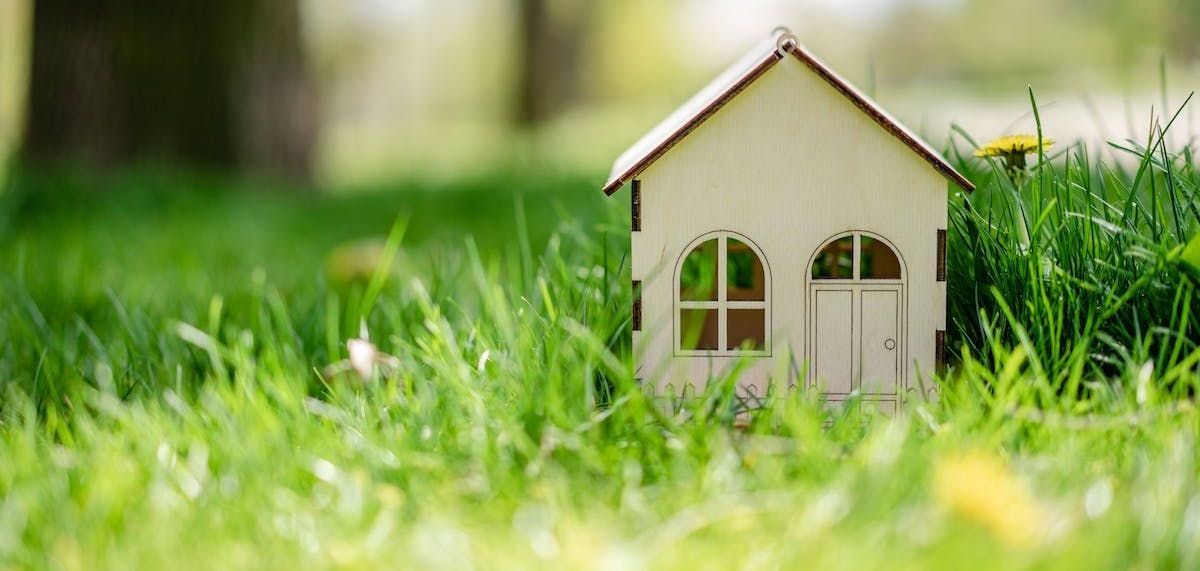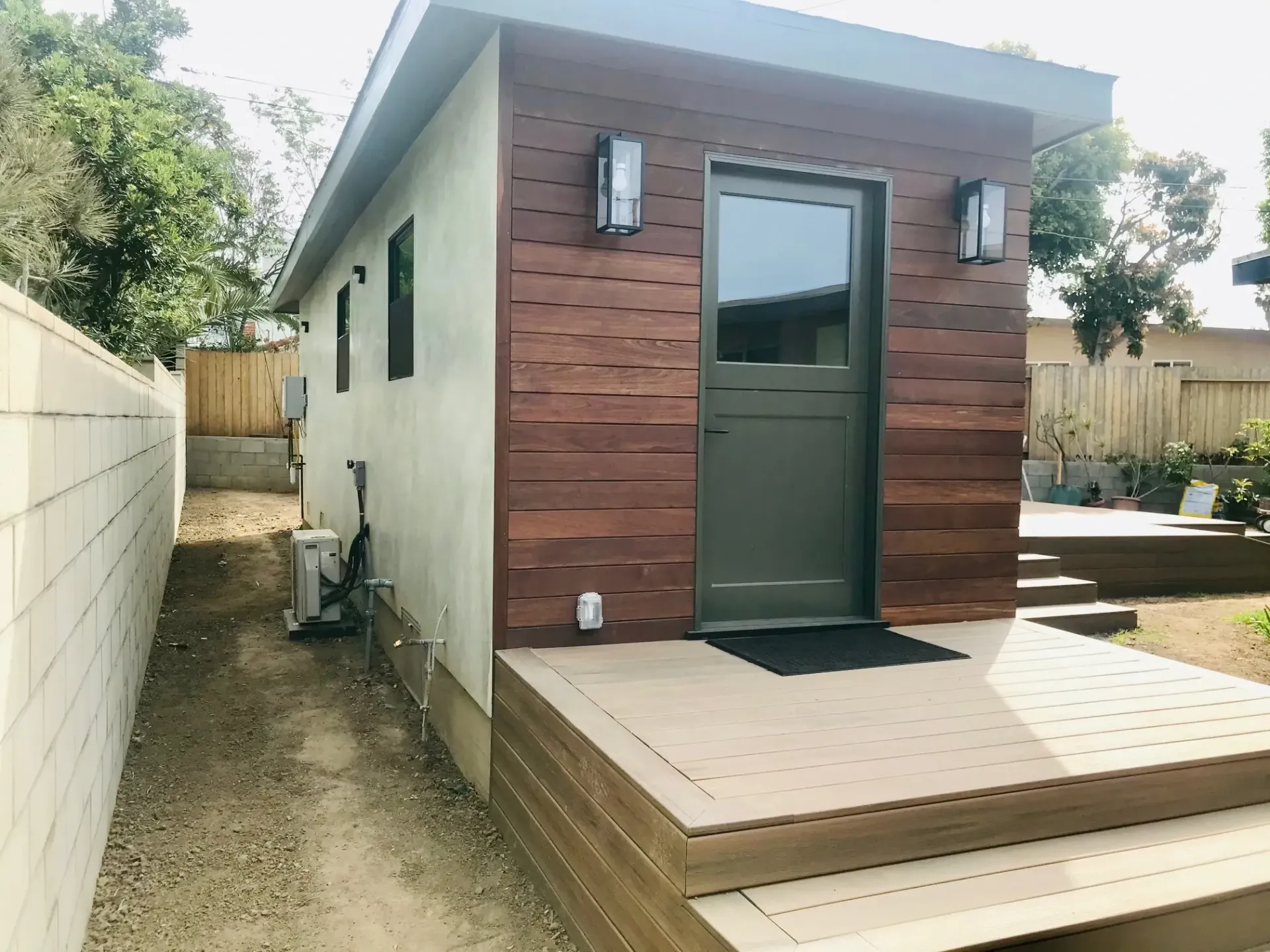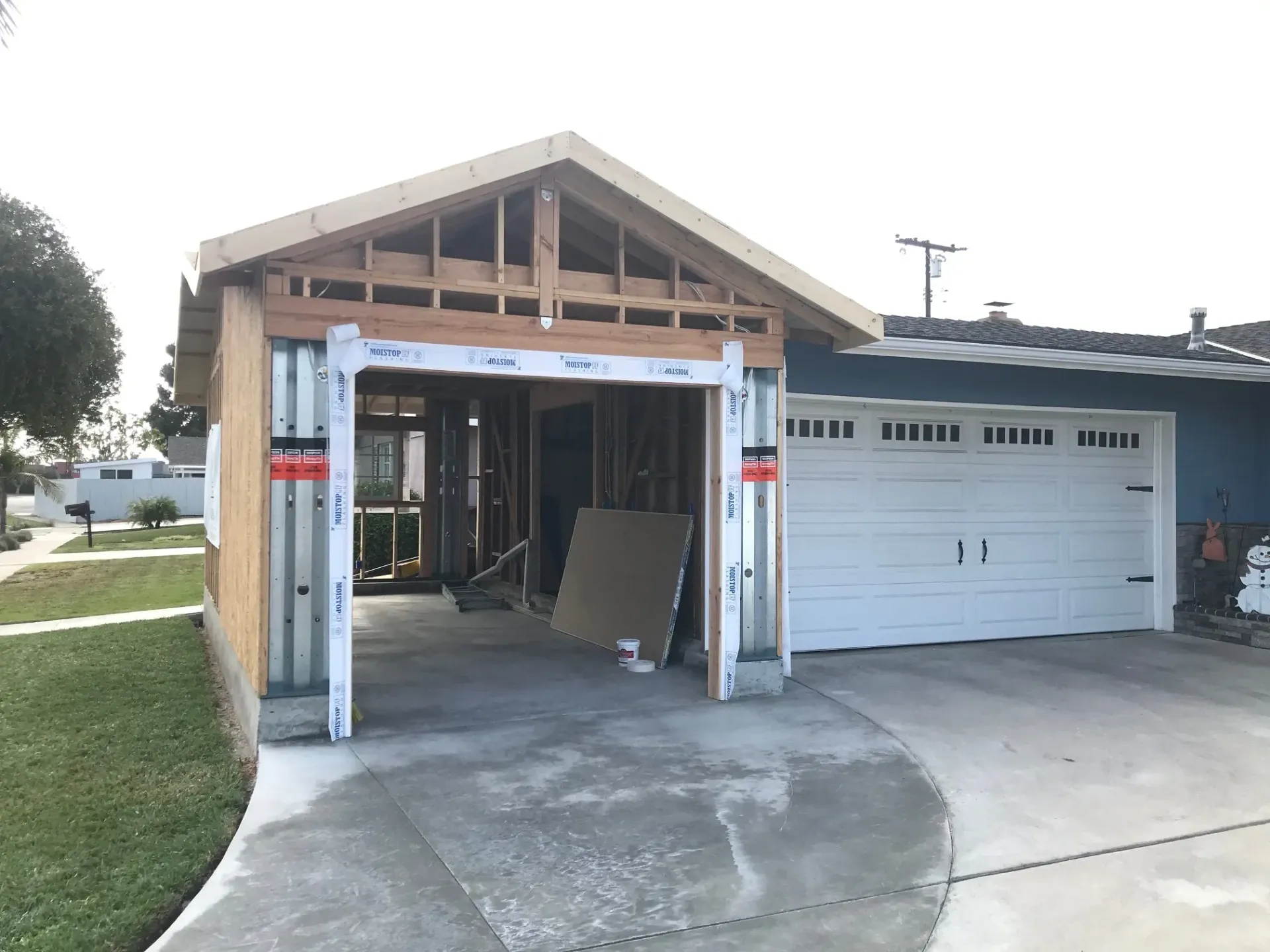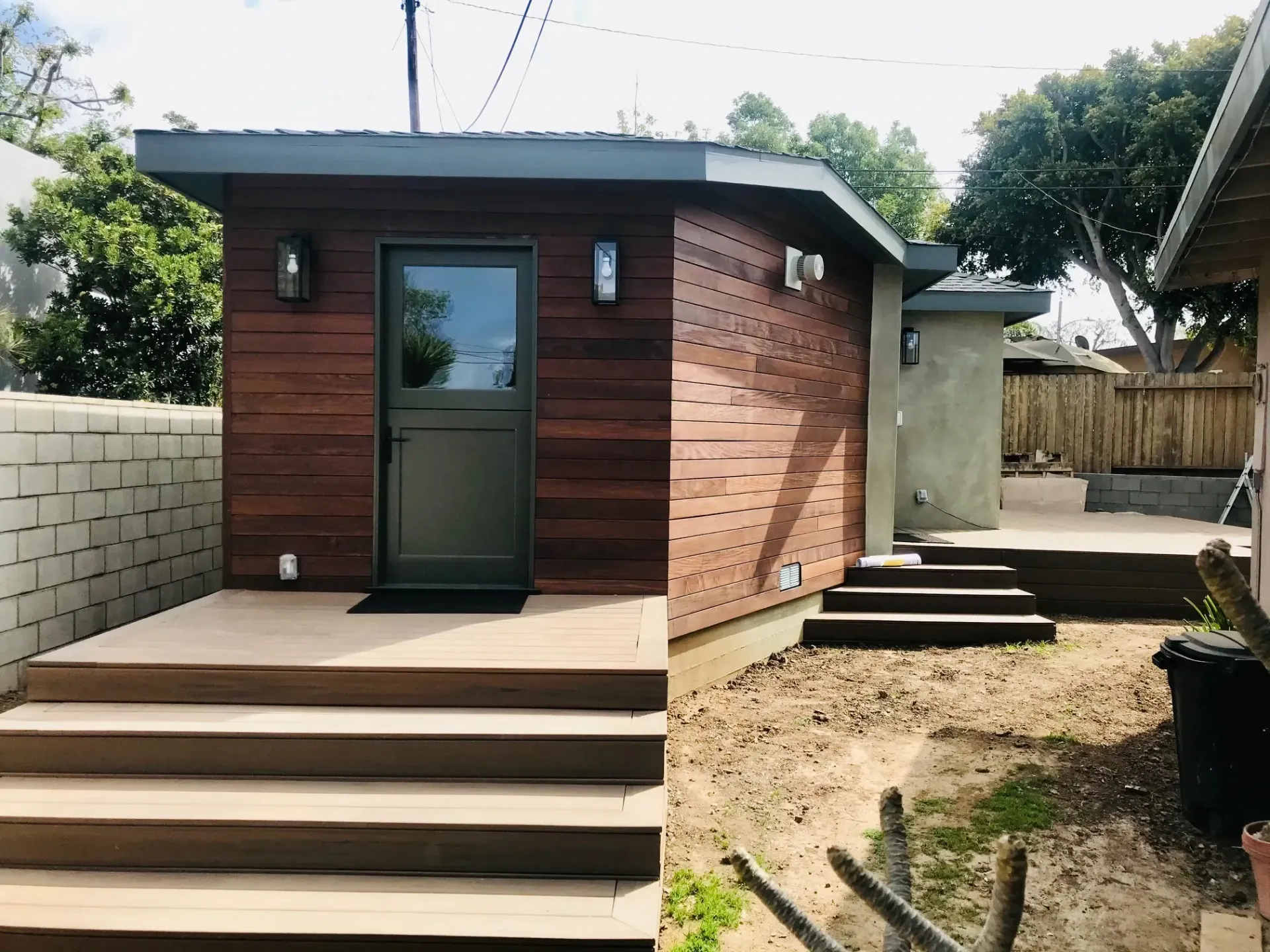Sustainability in Small Spaces: Green Building Practices for ADUs
As the world grapples with environmental challenges, the need for sustainable living practices has become more urgent. Accessory Dwelling Units (ADUs) present a unique opportunity to embrace green building practices in small spaces. In this comprehensive guide, we will explore the intersection of sustainability and ADU construction. From innovative materials to energy-efficient designs, discover how you can create an eco-friendly living space without compromising on style or comfort.

The Eco-Friendly Foundation: Sustainable Materials
1. Bamboo: A Renewable Wonder
Bamboo stands out as a champion of sustainability in ADU construction. As the fastest-growing plant on the planet, bamboo is a rapidly renewable resource that requires minimal water and no pesticides. Its strength and durability make it an excellent alternative to traditional wood, providing a sturdy foundation for your ADU.
Beyond its eco-friendly growth properties, bamboo is naturally resistant to pests and decay, reducing the need for chemical treatments. Incorporating bamboo into the foundation of your ADU not only ensures structural integrity but also supports a greener, more sustainable building process.
2. Recycled Plastic Composite: Transforming Waste into Building Blocks
Embrace the circular economy by opting for recycled plastic composite materials in your ADU construction. Comprising recycled plastics and wood fibers, these materials divert plastic waste from landfills while reducing the demand for new lumber.
The versatility of recycled plastic composite allows for the creation of durable and aesthetically pleasing structures. Choosing this material for your ADU contributes to resource conservation, promotes recycling initiatives, and aligns with a commitment to sustainability in small space design.
3. FSC-Certified Wood: Responsible Forestry Practices
When opting for traditional wood, choose materials certified by the Forest Stewardship Council (FSC). This certification ensures that the wood comes from responsibly managed forests, promoting biodiversity, protecting water quality, and mitigating climate change.
FSC-certified wood not only supports ethical forestry practices but also guarantees that the wood used in your ADU construction has been sourced sustainably. This choice reflects a commitment to the environment while maintaining the warmth and authenticity of natural wood.
Energy-Efficient Design: Minimizing Environmental Impact
1. Passive Solar Design: Harnessing Natural Heat
Leverage the power of nature by incorporating passive solar design principles into your ADU. Strategic placement of windows, orientation, and thermal mass can optimize sunlight for heating during winter and shading during summer, reducing the need for artificial heating or cooling.
Passive solar design not only enhances energy efficiency but also creates a comfortable and well-lit living space. By harnessing natural heat, you contribute to lower energy consumption and a reduced carbon footprint.
2. Energy-Efficient Windows: Balancing Light and Insulation
Choose energy-efficient windows that strike a balance between providing ample natural light and insulating the space. Double or triple-pane windows with low-emissivity coatings help regulate indoor temperatures, reducing reliance on heating and cooling systems.
Energy-efficient windows not only contribute to a sustainable ADU but also enhance occupant comfort. The reduction in energy consumption leads to lower utility bills and a more environmentally conscious living space.
3. Solar Panels: Harnessing Clean Energy
Take advantage of the abundant energy source available to us—the sun—by installing solar panels on your ADU's roof. Solar power systems convert sunlight into electricity, providing a clean and renewable energy source for your living space.
While the initial investment in solar panels may seem substantial, the long-term benefits include reduced electricity bills and a smaller carbon footprint. Embracing solar energy aligns your ADU with modern sustainability practices.
Water Conservation: Eco-Friendly Practices
1. Low-Flow Fixtures: Reducing Water Consumption
Contribute to water conservation by installing low-flow fixtures in your ADU. Low-flow faucets, showers, and toilets are designed to minimize water usage without compromising functionality.
These fixtures not only save water but also reduce energy consumption associated with water heating. By incorporating low-flow technology, your ADU becomes a model of efficiency and environmental responsibility.
2. Greywater Systems: Reusing Water Creatively
Implement greywater systems to reuse water from sinks, showers, and laundry for non-potable purposes like irrigation. This sustainable practice minimizes water waste and promotes a closed-loop system within your ADU.
Greywater systems showcase innovative water management, aligning your small living space with eco-friendly principles. As water scarcity becomes a global concern, incorporating such systems demonstrates a commitment to responsible water usage.
Indoor Air Quality: Healthy Living Spaces
1. Non-Toxic Finishes: Choosing Healthier Alternatives
Prioritize indoor air quality by opting for non-toxic finishes and paints. Traditional paints may release volatile organic compounds (VOCs), contributing to indoor air pollution. Choose finishes with low or zero VOC content to ensure a healthier living environment.
Non-toxic finishes not only support respiratory health but also contribute to a sustainable indoor ecosystem. Creating an ADU with improved air quality enhances the well-being of its occupants while minimizing the impact on the environment.
2. Natural Ventilation: Enhancing Air Circulation
Foster natural ventilation within your ADU by strategically placing windows and incorporating design elements that facilitate airflow. This reduces reliance on mechanical ventilation systems and promotes a healthier indoor environment.
Natural ventilation not only enhances air quality but also reduces energy consumption. Embracing this eco-friendly practice ensures a constant flow of fresh air, creating a comfortable and sustainable living space.
Conclusion: Gettler Construction, Your Partner in Sustainable ADUs
As you embark on the journey to build a sustainable ADU, partner with Gettler Construction to turn your green living dreams into reality. Our commitment to eco-friendly construction practices aligns with your vision for a sustainable living space.
By choosing Gettler Construction, you not only benefit from our expertise in green building but also contribute to a greener, more sustainable future. Contact us today to explore how we can transform your ADU into an environmentally conscious haven. Together, let's build a sustainable future, one small space at a time.
You might also like
Home Insights and Inspirations



Book a Service Today
We will get back to you as soon as possible
Please try again later
Your Go-To Partner in ADU & Garage Conversion Projects
We are available 24/7 via fax, email or telephone
Location
16458 Bolsa Chica St #502
Huntington Beach, CA 92649
Call
(714) 316-4956
All Rights Reserved | Gettler Construction Inc.

